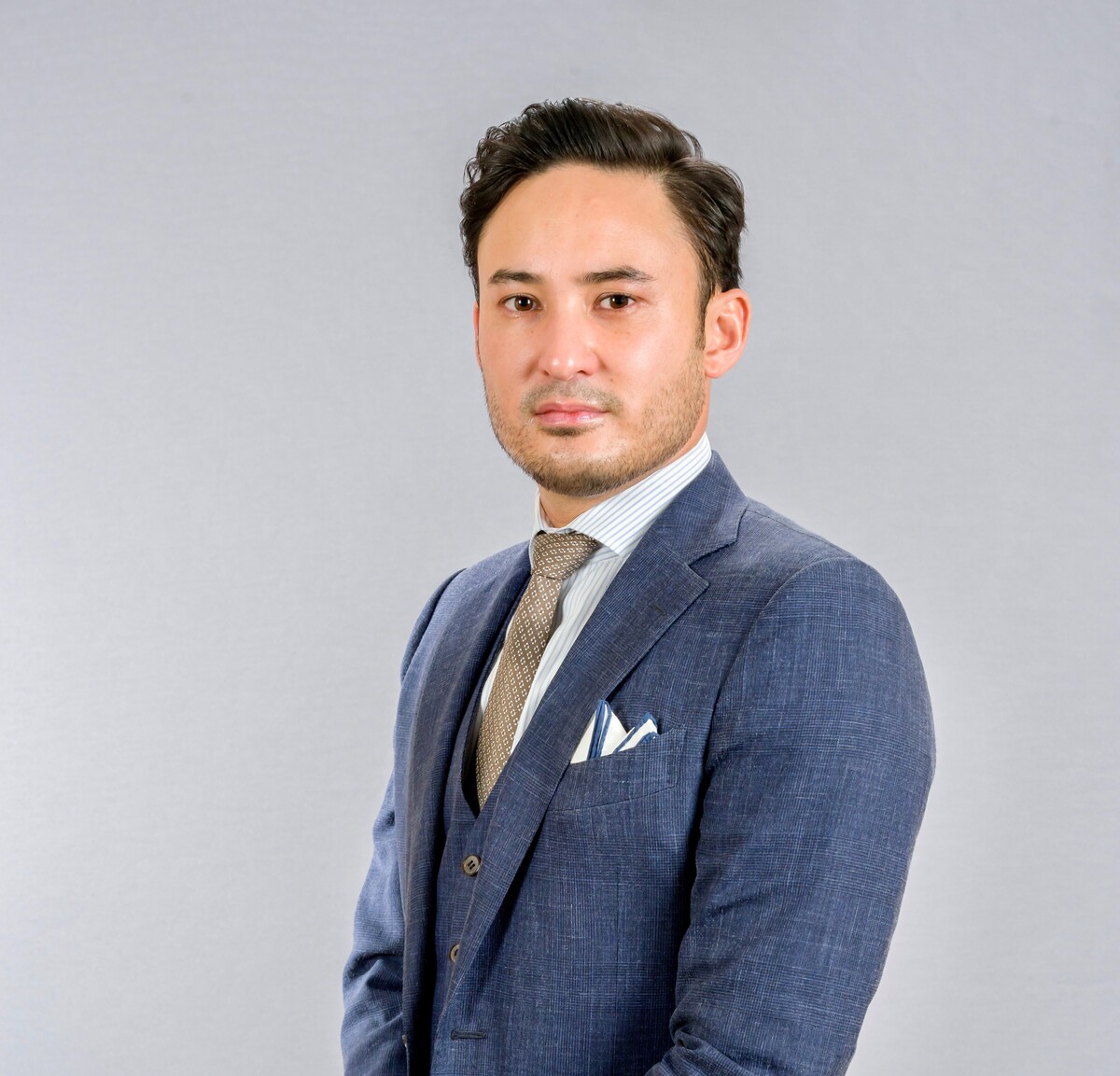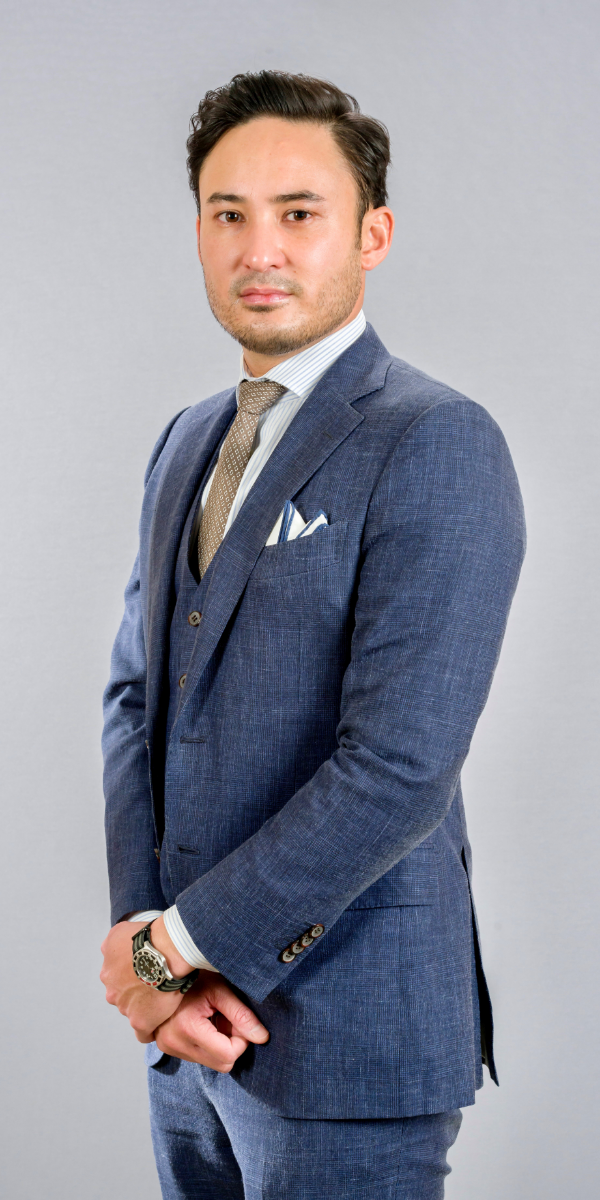Charlotte Hungerford Hospital is happy to announce the addition of David E. Gutierrez, M.D. to its medical staff. He comes to Hartford HealthCare from Yale Medicine serving Fairfield and New Haven county, where he was an Assistant Professor with the Department of Orthopaedics & Rehabilitation. He is double board-certified in Physical Medicine and Rehabilitation (also known as PM&R or Physiatry) and Pain Medicine and specializes in interventional pain management. In just five months, he has developed a busy interventional pain management practice with locations in Torrington and Litchfield and is the Director of the Physical Medicine & Rehabilitation Spine Program.
He explains that there is no “typical” patient and that the variety in patient types is one of the things he enjoys about his job. He treats high-level athletes, weekend warriors, and older individuals with chronic joint pain. Many of his patients present with spine-related pain.
Treating Chronic Pain
“My focus is on restoring function,” he says. While he does prescribe medications, mainly nonsteroidal anti-inflammatory drugs (NSAIDs) and some medicines to treat nerve pain, he primarily utilizes interventional procedures combined with home exercise to manage pain in his practice. He notes that because of his Physical Medicine and Rehabilitation background, he emphasizes the role of exercise and wellness as a primary modality in his treatment plans.
Although opioid pain medications (e.g. morphine) can play an important role in managing cancer and acute or post-operative pain, “They are not the way to go for chronic pain,” he says. “With the technology that we have now and interventional techniques developed over the years, truthfully, they allow us to avoid medications,” he adds.
There are many different interventional procedures available to treat chronic pain. Which one is best for a particular patient depends on many factors, including the source of the pain and patient characteristics such as age and other medical comorbidities. Dr. Gutierrez describes some of these newer techniques Apart from traditional joint and spine injections, many of these other interventions can be described as Neuromodulation
Neuromodulation changes nerve activity by delivering a targeted stimulus (e.g. electrical or chemical) to a specific target in the body. One example of a neuromodulation procedure is called radiofrequency ablation. It is a minimally invasive procedure that has been used most often to treat chronic pain originating in the spine. More recently, it has been used to treat chronic joint pain, particularly in the hips, knees, and shoulders. By targeting specific sensory nerves, patients can get relief from chronic pain stemming from the joint. This can improve a patient’s function and also allow them to then participate in more exercise to strengthen specific muscle groups around the joint. Dr. Gutierrez says, “This has been pretty revolutionary in terms of helping patients who are not yet operative candidates for a traditional joint replacement, and does not preclude them from doing so if needed in the future.” Another form of neuromodulation involves stimulation of nerves in the spine or outside of the central nervous system (called peripheral nerves). Electrical impulseare delivered through a fine wire with electrodes on the end via an implantable or non-implanted pulse generator. These treatments can be a good option for long-term pain control in the right patients. One advantage of neuromodulation treatments is that pain relief they are delivered directly towards a patient’s pain generator. This is in contrast to pain medications that can be distributed systemically and may cause unwanted side effects.
Dr. Gutierrez perceives several barriers to patients receiving these treatments. The first is patients not knowing that these treatments are available to them. There is certainly a need for greater patient education. The second is the inherent inequity in our healthcare system. “It comes down to being able to provide these treatments to all our patients who can benefit,” he says. He points out that “One of the advantages of working within a large healthcare delivery system is that we accept all insurances, including no insurance.”
A Path to Litchfield County
Dr. Gutierrez did not originally plan to go into medicine. He attended college at The University of California at Irvine where he studied Art History and Biological Sciences. He explains that he developed an interest in medicine after completing medical missionary work and through family experiences.
He then attended Ross University School of Medicine in Florida. At first, he gravitated toward Emergency Medicine with a focus on Sports Medicine. He thought he might like to work by providing sideline coverage for sports teams. But, he was introduced to Physical Medicine and Rehabilitation during an elective rotation and opted to pursue it as his specialty.
Dr. Gutierrez completed a four-year residency in Physical Medicine and Rehabilitation in New York City. The first year internship was at Icahn School of Medicine at Mount Sinai followed by three years at Montefiore Medical Center. During his residency, he developed an interest in Pain Management and went on to complete a one-year multidisciplinary fellowship in Interventional Pain Medicine at the University of Nebraska. A multidisciplinary fellowship accepts physicians from different subspecialties such as anesthesiology, neurology, or PM&R. All are taught the same interventional approach to pain management during the fellowship but each subspecialty brings its own unique background and skill set. For Dr. Gutierrez, this means integrating home exercise as a key aspect of treatment for his patients.
Dr. Gutierrez met his now-wife in New York City during his residency. She hails from the Midwest, but her job required her to stay in the Northeast. They settled in NYC initially and he commuted to his job at Yale. Together, they discovered and fell in love with “this tucked away very special place” called the Litchfield Hills. So when the opportunity to start an interventional pain management clinic at Charlotte Hungerford Hospital presented itself, they were thrilled. They recently bought a home in the area.
The beautiful scenery was not the only thing that attracted him to this position. The Northwest Corner of Connecticut is historically an underserved region, and Dr. Gutierrez is excited to be able to expand access to pain management for those residing in the area. There is also the opportunity for his practice to grow. One of Dr. Gutierrez’s long-term goals is to create a multidisciplinary program where practitioners from different subspecialties treat musculoskeletal disorders.
This new job also presents the opportunity to train future generations of doctors. Dr. Gutierrez is very excited to be involved in the first-ever Physical Medicine and Rehabilitation residency program in Connecticut. It is a joint venture between the University of Connecticut School of Medicine and Hartford Healthcare. Residents will gain experience through clinical rotations primarily within the Hartford Healthcare system and Gaylord Hospital. The inaugural class of four residents will begin on July 1, 2022. Dr. Gutierrez has dual Assistant Professor appointments at UCONN School of Medicine and Quinnipiac University’s Frank H. Netter School of Medicine.
When Dr. Gutierrez is not caring for his patients or teaching residents and medical students, his two daughters keep him busy. He also surfs all year long, even in the Northeast!
Margaret M. Burke, Pharm.D., BCPPS, is a freelance medical writer with more than 25 years of clinical pharmacy experience, including board certification as a pediatric pharmacotherapy specialist. She lives in Manchester.







More Stories
Jamie Shawver, D.O.: The Modern-Day Family Doctor
Leading in Urologic Oncology: Ryan Dorin, M.D., Works on Expanding Patient Care
UConn Health Stands at the Forefront of Comprehensive Sickle Cell Treatment in the U.S.